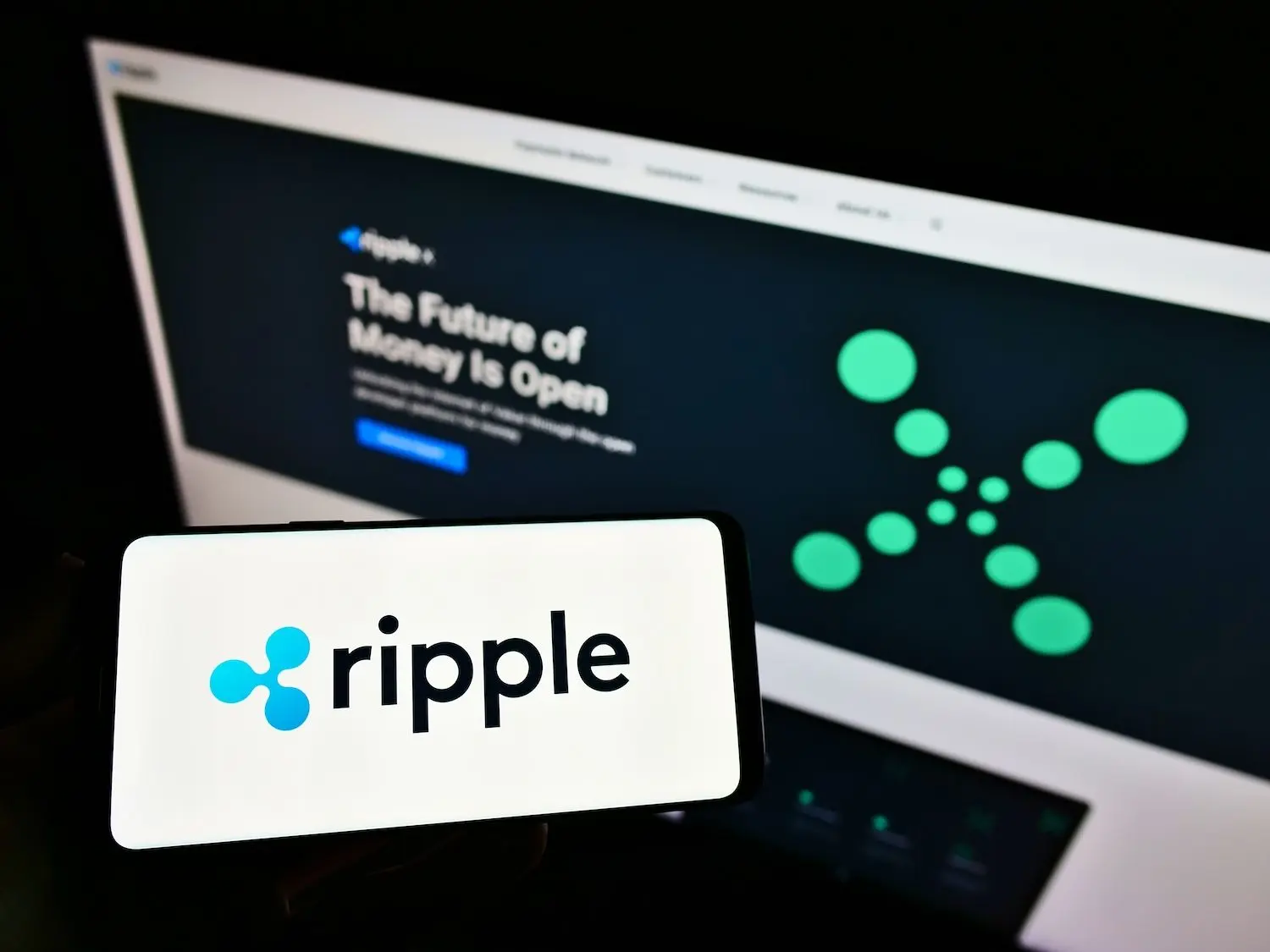Ripple's chief technology officer has clarified that the company retains rights to sell or transfer its 35 billion XRP tokens held in escrow, despite those assets remaining locked from market circulation. David Schwartz said Monday that while the tokens cannot be released before their scheduled unlock dates, Ripple can monetize the legal claims to those future payments or transfer the accounts designated to receive them.
What to Know:
- Ripple holds 35 billion XRP tokens in escrow, representing 35% of the cryptocurrency's total supply, but can sell the legal rights to those tokens before they unlock.
- The company purchased $1 billion worth of XRP from open markets despite controlling billions in escrow, which releases 1 billion tokens monthly.
- Approximately 70% of released escrow tokens are re-locked each month, with only 30 million to 90 million entering circulation for institutional use.
Escrow Rights Can Be Monetized Despite Lock Status
Schwartz addressed questions about the escrow structure in a post on X, explaining that Ripple's 35 billion locked tokens remain inaccessible to markets until their predetermined release schedule triggers. The distinction between locked tokens and transferable rights, however, creates options the company had not previously detailed publicly.
The discussion began when software engineer Vincent Van Code questioned how market participants compare XRP to Bitcoin. Van Code argued that Bitcoin's market capitalization calculations include coins that are lost or permanently held, making direct comparisons potentially misleading.
A community member then asked whether Ripple could liquidate its entire escrow position, prompting Schwartz's clarification about the company's legal flexibility with those assets.
Current ledger data shows 14,180 separate escrow contracts holding 35,045,906,769 tokens. That figure represents slightly more than one-third of XRP's fixed total supply of 100 billion tokens. Schwartz's statement indicates that Ripple could convert the future value of those tokens into present capital without triggering their release into circulation, a mechanism that separates legal ownership from market availability.
Institutional Strategy and Supply Dynamics
Ripple's decision to buy $1 billion in XRP from open markets has raised questions about the company's approach to its existing escrow holdings. Van Code noted that understanding this strategy could explain why retail investors continue accumulating the token despite the large escrow overhang.
The XRP Ocean team, which operates a decentralized protocol on the XRP Ledger, said the escrow system functions primarily as a supply control mechanism rather than an indicator of adoption metrics. Banks and institutional users require predictable liquidity, making the controlled release structure necessary for their participation. The escrow releases 1 billion tokens each month on a predetermined schedule.
Ripple's purchasing behavior suggests a distinction between tokens designated for institutional infrastructure and those available for retail trading.
The company appears to acquire tokens from open markets for immediate use while maintaining the escrow structure for permissioned networks, liquidity pools and institutional transfers. That separation keeps retail market dynamics distinct from backend operations.
Community observers noted that approximately 70% of monthly escrow releases return to locked status. The remaining 30 million to 90 million tokens enter various institutional channels rather than retail exchanges. This re-locking pattern demonstrates Ripple's commitment to managing available supply, though the mechanism allows flexibility in how the company leverages its future token claims.
Understanding Escrow Mechanisms in Digital Assets
An escrow in cryptocurrency functions as a time-locked smart contract that holds tokens until specified conditions are met. For XRP, these contracts release predetermined amounts on scheduled dates, creating predictable supply increases that market participants can anticipate. The structure differs from traditional circulating supply because escrowed tokens exist on the blockchain but cannot be accessed or traded until unlocked.
Market capitalization calculations typically multiply current price by circulating supply, which excludes locked tokens. However, the ability to sell rights to future token releases introduces complexity into how market participants should assess dilution risk. If Ripple sold its escrow claims to institutional buyers, those tokens would eventually enter circulation on schedule, but the company would receive payment immediately.
Liquidity pools in cryptocurrency serve as reserves that enable trading and transfers between different assets or networks.
Institutional participants often require access to large token amounts for cross-border payments or settlement operations, necessitating dedicated supply sources separate from retail markets. The distinction helps prevent large institutional transactions from causing price volatility on public exchanges.
Closing Thoughts
Ripple's dual approach of buying from open markets while maintaining locked escrow positions reflects the complex supply dynamics of institutional cryptocurrency adoption. The company's ability to monetize escrow rights without releasing tokens adds a mechanism that most market observers had not considered in their supply calculations. Whether Ripple will exercise these transfer or sale options remains unclear, but Schwartz's clarification establishes that the legal framework permits such actions.

